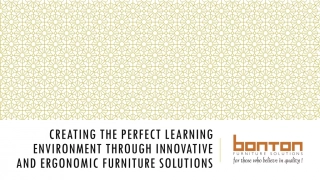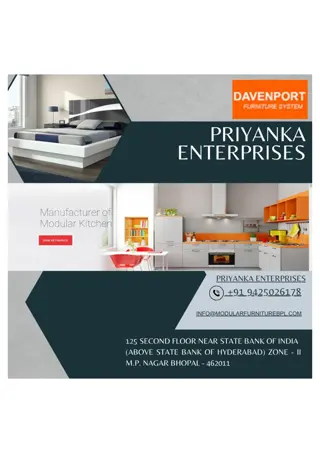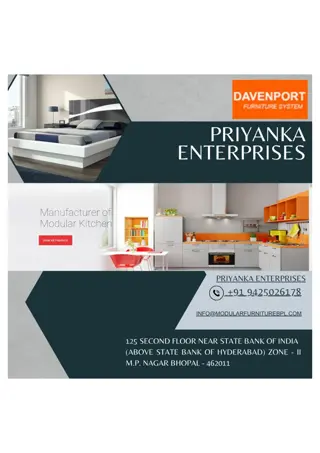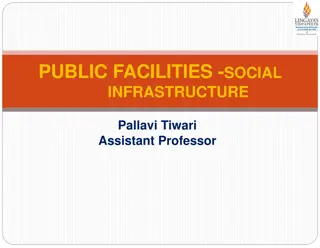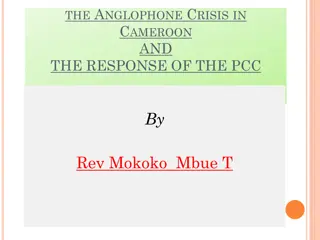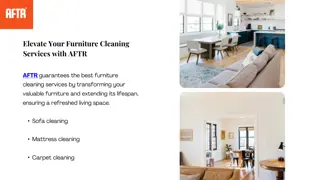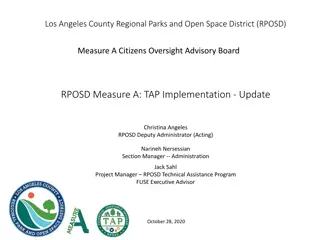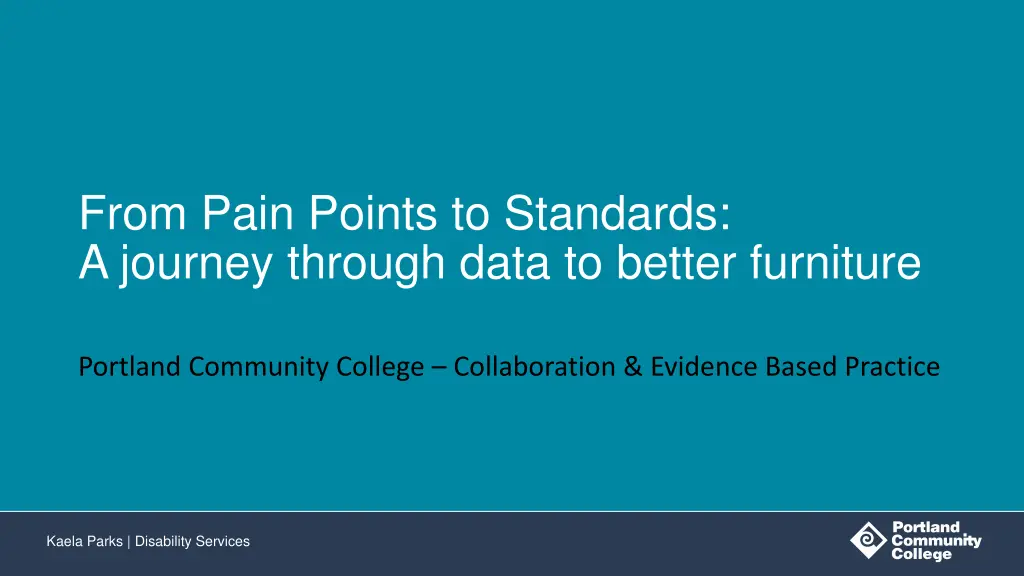
Data-Driven Approach to Enhancing Furniture Accessibility
Explore a journey through data to improve furniture accessibility at Portland Community College's Disability Services. Discover how data analysis led to better standards, reduced logistical challenges, and enhanced student experiences. Witness the transformation from manual reviews to evidence-based practices for efficient furniture placement.
Download Presentation

Please find below an Image/Link to download the presentation.
The content on the website is provided AS IS for your information and personal use only. It may not be sold, licensed, or shared on other websites without obtaining consent from the author. If you encounter any issues during the download, it is possible that the publisher has removed the file from their server.
You are allowed to download the files provided on this website for personal or commercial use, subject to the condition that they are used lawfully. All files are the property of their respective owners.
The content on the website is provided AS IS for your information and personal use only. It may not be sold, licensed, or shared on other websites without obtaining consent from the author.
E N D
Presentation Transcript
From Pain Points to Standards: A journey through data to better furniture Portland Community College Collaboration & Evidence Based Practice Kaela Parks | Disability Services
About Portland Community College About Portland Community College As the largest post-secondary institution in Oregon, PCC serves nearly 73,000 full-time and part-time students. Four comprehensive campuses, eight centers and dozens of independent locations throughout the community offer courses and provide student services.
Furniture: A Logistics Nightmare Furniture: A Logistics Nightmare Historically, each term, Disability Services reviewed requests for accessible furniture, comparing locations of last known placements for tables and chairs to current needs then physically checked those locations, then initiated work orders with facilities. There was a lot of effort involved in trying to get the right furniture in place for students in time for class, and inevitably: Schedule changes and late requests would prompt a need for revisions Facilities, Students, Instructors, and DS would all get frustrated with the process Students who are not with DS would also need better options We needed a better way!
Data was pulled from different sources: Using Data to make a case: Accommodation management system data was pulled to show steady increases in requests for adjustable furniture as well as more people needing to alternate between sitting and standing Combining forces with facilities DS tracking spreadsheets confirmed placement of furniture in each building on each campus each term and were used to highlight areas of greatest need Facilities work orders demonstrated a high volume of requests that often involved moving furniture in and out of the same rooms Narrative entries from satisfaction surveys were used to humanize the problem and help administrators understand the impact
Furniture: Making Good on the Promise Furniture: Making Good on the Promise When campus leaders promised to reduce the need for work orders and movement of furniture by aligning new purchases with accessibility standards across the district, they did so with a firm commitment, but without a firm deadline. One campus upgraded all their classrooms in a single consolidated effort. Two others made incremental investments over years to build capacity. For the last campus, a DS office assistant took initiative and worked up a proposal in partnership with the facilities scheduler to present through a campus based process Almost all spaces are now equipped
Institutionalizing practice: Accessible Built Environment Committee uses stakeholder involvement to maintain Owner s Standards Regarding Accessibility which specify expectations for classroom furniture Following through: DS tracking spreadsheets continue to be used, but with fewer work orders, and a greater focus on condition, ensuring replacements can be made when wear and tear requires it Solidifying progress, and seizing new opportunities Data from college culture surveys were able to shine light on disability as a characteristic of employees as well as students Expanded focus with investments in adjustable workstations for employees as well as a student led Space Matters movement that uses CRT

